The nearly 40-year-old crab noodle shop attracts diners with its creative dishes made from rice noodles with field crab, a Hai Phong specialty.
When mentioning Hai Phong, the first dish that comes to mind for tourists is crab noodle soup, a dish recognized by the Vietnam Record Organization as one of the top 50 famous Vietnamese specialties in 2012. Taste Atlas, a famous and prestigious culinary website in the world, calls crab noodle soup "Red noodle soup" and rates it as one of the 8 most delicious soup dishes in Northern Vietnam.
The familiar image of Hai Phong's crab noodle soup is the large reddish-brown noodles topped with a broth made from field crab roe and a layer of golden scallion oil. But in addition to the above-mentioned crab noodle soup, Hai Phong also has crab noodle soup with mantis shrimp. The dish shows the creativity between the traditional crab noodle soup and fresh seafood caught from the seas of Hai Phong.
One of the crab noodle shops listed by the Hai Phong Department of Tourism on the Hai Phong Cuisine Map is the shop owned by Ms. Nguyen Thi Thanh Thuy (56 years old) located at the beginning of lane 195 Cau Dat Street, Ngo Quyen District. The shop is open from 7am to midnight every day but often has to close early on weekends due to the large number of out-of-town visitors who run out of ingredients early.

Ms. Thuy, the owner of the shop, has been selling crab noodle soup with mantis shrimp for more than 20 years. Photo: Quynh Mai
Located near Cau Dat intersection, the intersection of major roads, Ms. Thuy's shop, although located in a small alley, is always bustling with customers. Ms. Thuy said that her mother opened the shop about 40 years ago, and she is the second generation to take over. Currently, her son, Mr. Pham Tuan Thanh, is in charge of selling at noon, while Ms. Thuy sells in the evening. Ms. Bich, Head of Residential Group No. 5, Cau Dat Ward, Ngo Quyen District, said that she has been a regular customer of the shop since Ms. Thuy's mother was still selling.
The restaurant is located in an alley about 1.5 meters wide and nearly 10 meters long, with two spaces to serve customers. Along the length of the alley, there are 3-4 tables for about 10 people. The indoor area can serve about 20 people at the same time. Right at the beginning of the alley is Mrs. Thuy's stall with a pot of hot broth and a row of ingredients for a bowl of crab noodle soup.
"Selling specialty food to local people, the ingredients and processing steps must be meticulous, carefully selected and safe," Ms. Thuy said. Rice paper must be dried in the sun and dew to be soft and flexible. The type of rice paper that is dried and curved is usually only sent to far away places. Although it can be preserved for a long time, it is not as delicious. The restaurant imports two types of rice paper: white rice paper (white, half the size of pho noodles but chewier) and red rice paper (reddish brown, about one centimeter wide).
Crabs and mantis shrimps are imported from Do Son (Do Son district) or Cat Ba (Cat Hai district), then boiled and peeled. Crab meat and mantis shrimps are used as toppings for rice noodles with crab along with grilled betel leaves, fish cakes, shrimp floss, shrimp meat, and water spinach. The boiled water is filtered and used as broth. This is the difference between rice noodles with mantis shrimps and rice noodles with field crabs.
Having been in business for 20 years, Ms. Thuy has completed a bowl of crab noodle soup just 3-5 minutes after a customer orders. The noodles are put into a special sieve used to blanch in the broth for about a minute to soften and cook the noodles, then put into the bowl. Add the pre-boiled water spinach, the toppings requested by the customer, then pour in the broth. Crab meat and chopped cilantro are added last.

A full bowl of rice noodles and crab rice noodles with mantis shrimp (from left to right) at Mrs. Thuy's restaurant. Photo: Quynh Mai
Still red rice noodles, still familiar seafood, but instead of fatty broth and crab fat, diners will feel the sweetness of seafood meat, the saltiness of the sea. The amount of crabs and mantis shrimps the restaurant boils to serve in a day is quite a lot, so the broth has a strong sweetness, not light like pho broth.
On top of the bowl of crab noodle soup is yellow crab meat with a sweet and slightly salty taste, along with about two peeled mantis shrimps, the meat has a slightly chewy texture. Underneath the layer of green vegetables are rice noodles soaked in broth, making them soft, smooth, and easy to eat, but still retaining their chewiness due to the large and thick noodles, not getting soggy and breaking when picked up. At the bottom is a layer of large green water spinach stems, although boiled to remove the feeling of toughness and bitterness, the stems are still crunchy.
Squeeze half a lemon, add a little garlic vinegar and a slice of chili or chi chuong, a special chili sauce of Hai Phong, the bowl of crab noodle soup becomes more delicious when it combines all the colors and flavors. The dark brown color of the rice noodle, the red color of the fresh chili, the green color of the vegetables, the golden color of the crab meat and the dark purple color of the mantis shrimp meat. In just one bite, diners can feel all four flavors: sour, spicy, salty, and sweet.
Nguyen Tham (25 years old, Thuy Nguyen district) said she was introduced to Mrs. Thuy's restaurant by a friend about 4 years ago. "My friend said that in the city center there are many famous crab noodle shops, but this one is mainly for locals," Tham said.
She rated the broth of the crab noodle soup here as having a stronger sweetness than some other restaurants she had eaten at. The crab meat was a bit gritty because the shell had not been carefully cleaned, but it was fragrant, firm and chewy; the other toppings were normal, nothing special.
A bowl of rice noodles with crab costs 40,000 VND, rice noodles with crab and mantis shrimp and mixed rice noodles (mantis shrimp, shrimp, grilled betel leaves, fish cakes) cost 50,000 VND; special rice noodles with more mixed fillings cost 70,000 VND. An additional plate of fried dough sticks costs 10,000 VND.
Diners can also replace rice noodles with vermicelli noodles. Of these, vermicelli noodles with crab and mantis shrimp were the best-selling dishes in the past, often ordered by middle-aged customers. Later, when the food tour trend emerged, younger customers preferred rice noodles, so the restaurant's vermicelli noodles with crab and mantis shrimp became famous, Ms. Thuy said.
Hai Phong's crab noodle soup has been around since the 10th century. The predecessor of this specialty was a special type of dry food that could be eaten by dipping in boiling water and adding salt, so it was also called dipped rice noodle soup. Over time, people have added more ingredients and spices, changing the broth to ground crab soup to make the dish more flavorful and visually appealing, according to the Hai Phong City news portal website.
Nowadays, crab noodle soup is not only available in Hai Phong but also in other provinces and cities such as Hanoi, Da Nang, and Ho Chi Minh City. From luxury restaurants to popular eateries, following street vendors throughout winter and summer, crab noodle soup is the dish that best represents the quintessence of Hai Phong cuisine, the pride of the people of the Port City.
Quynh Mai
source









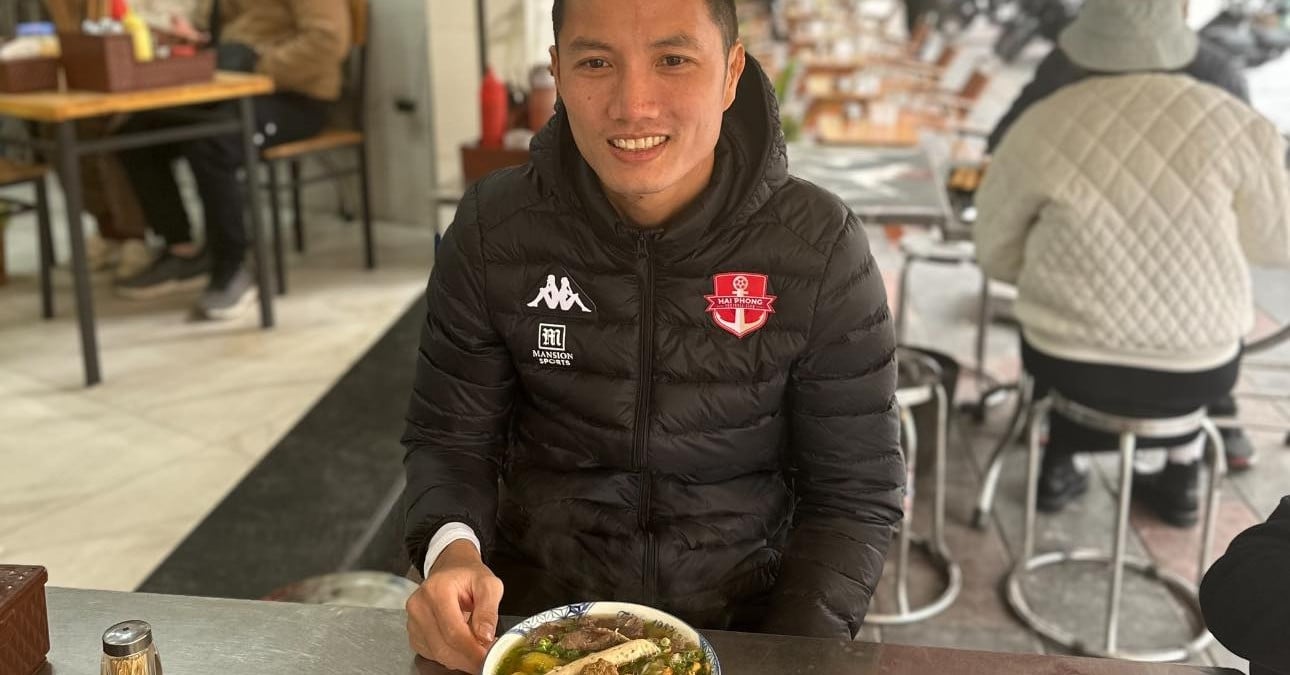

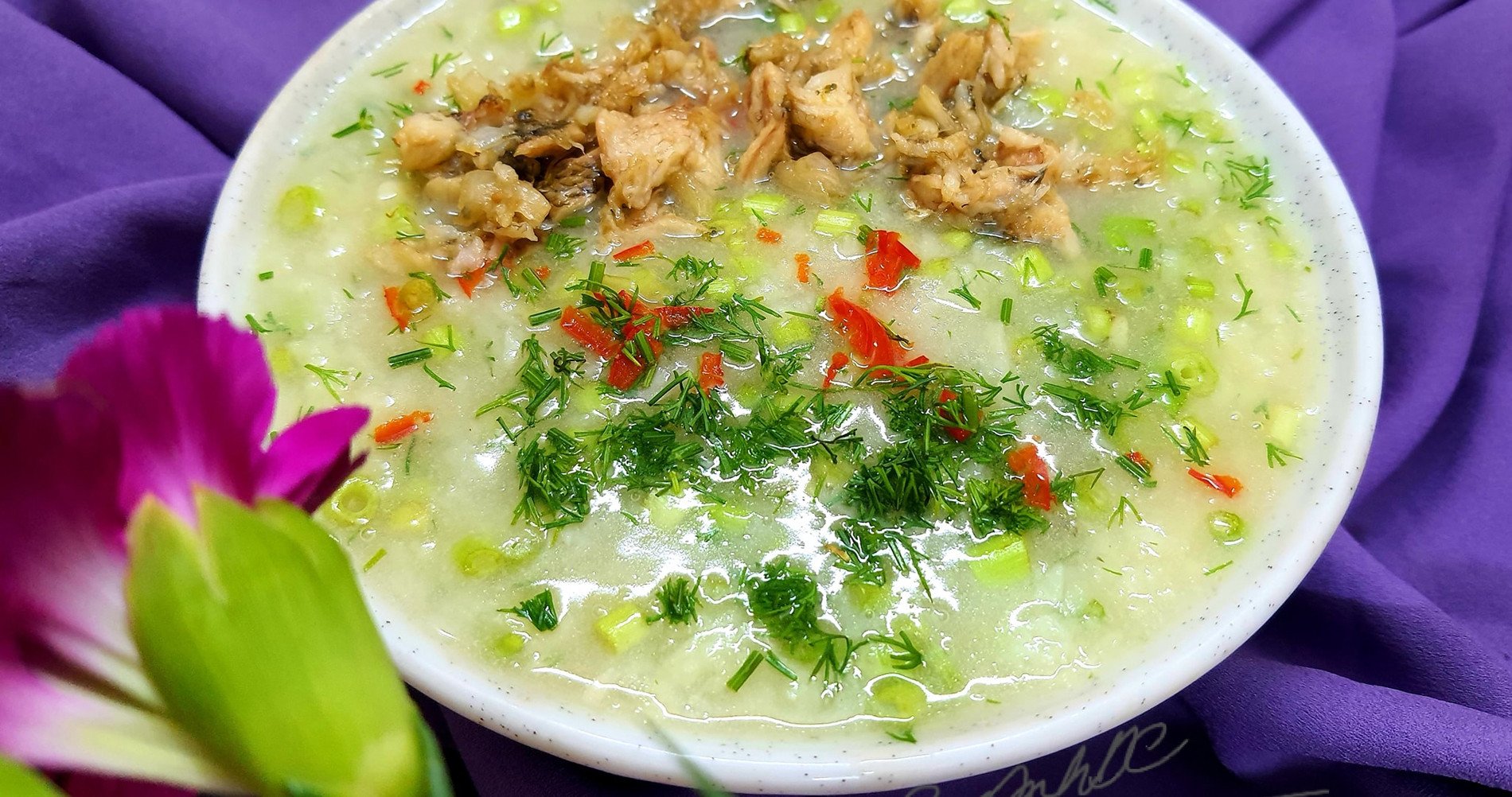
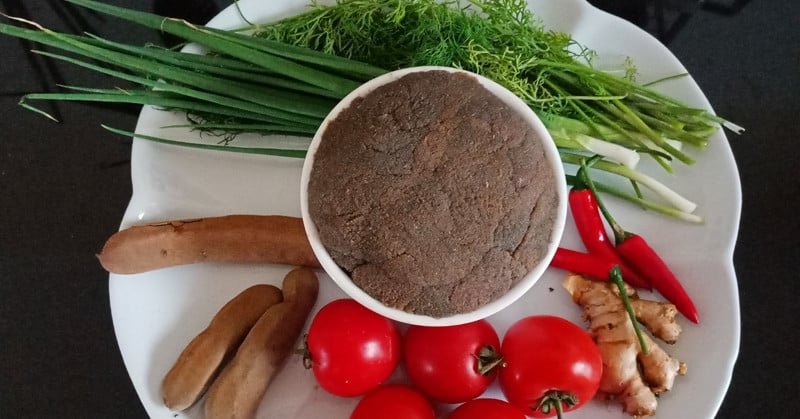

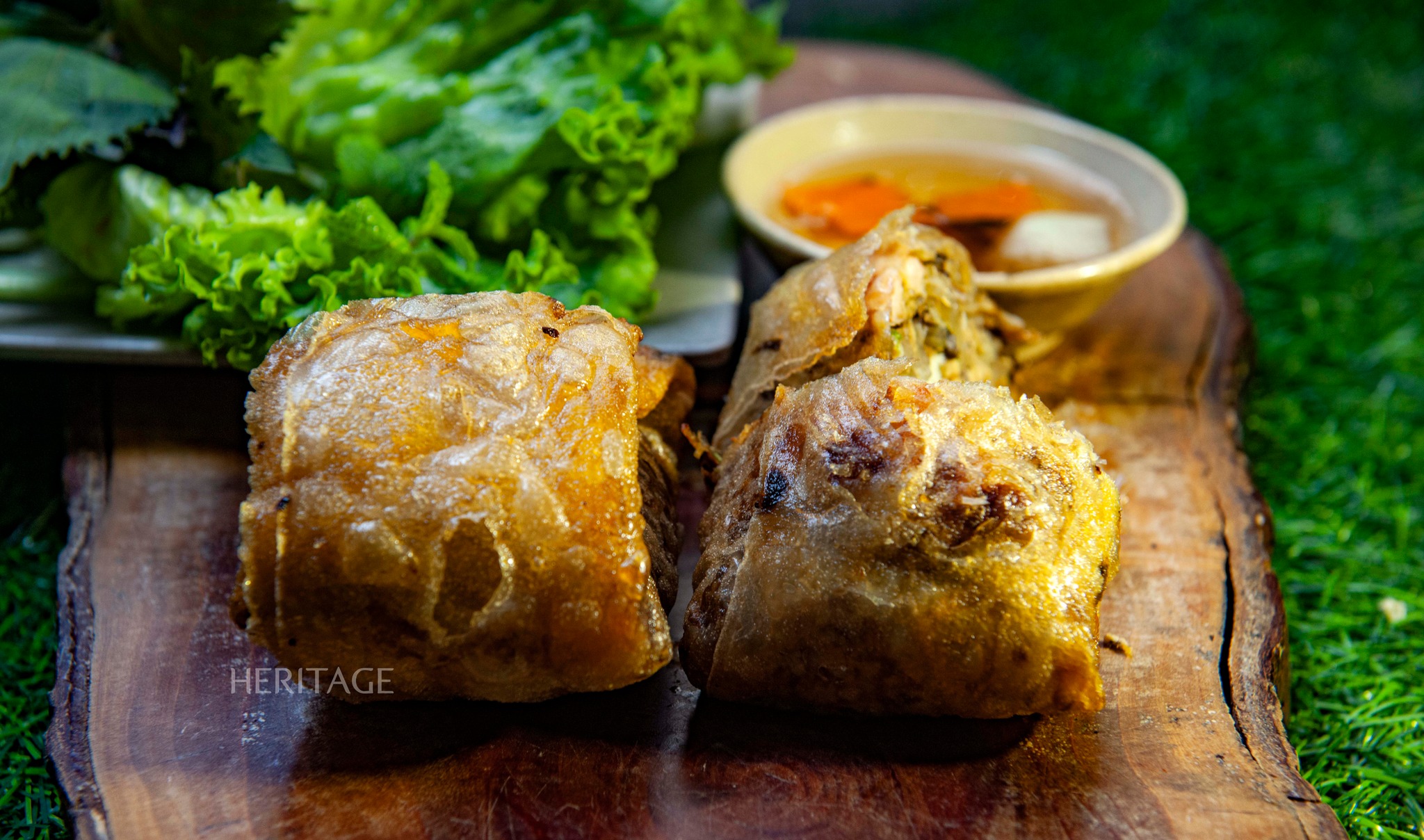

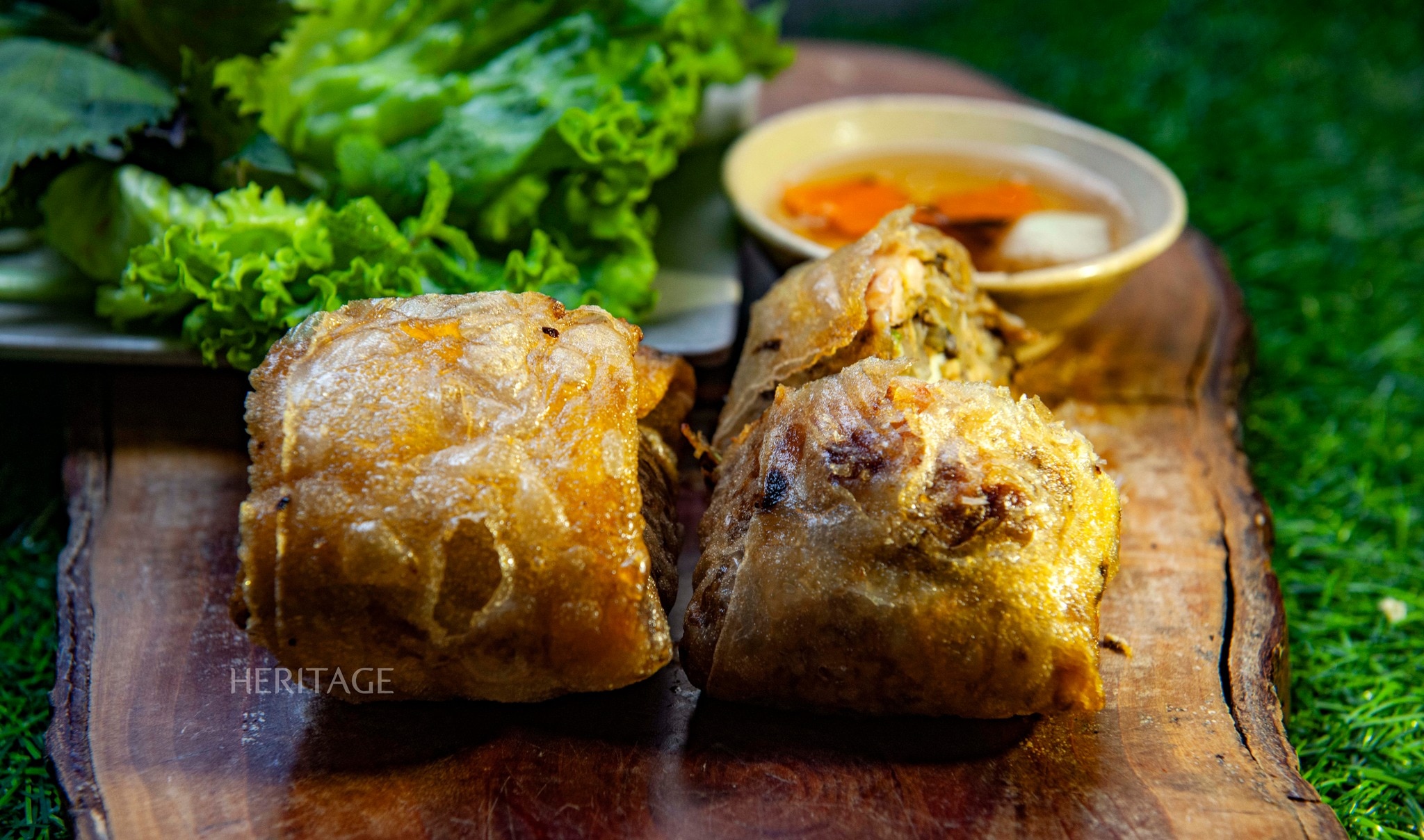



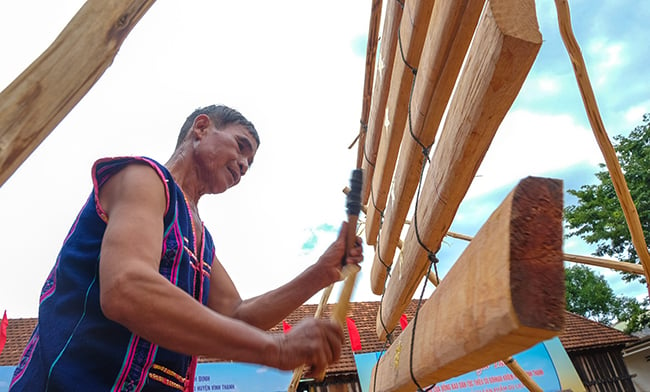







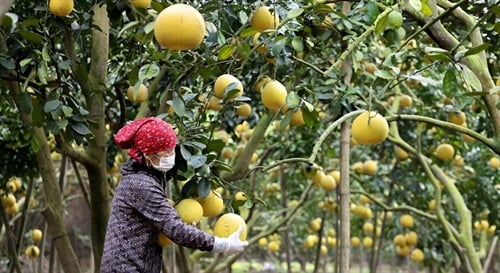


![[Photo] "Beauties" participate in the parade rehearsal at Bien Hoa airport](https://vstatic.vietnam.vn/vietnam/resource/IMAGE/2025/4/11/155502af3384431e918de0e2e585d13a)


















































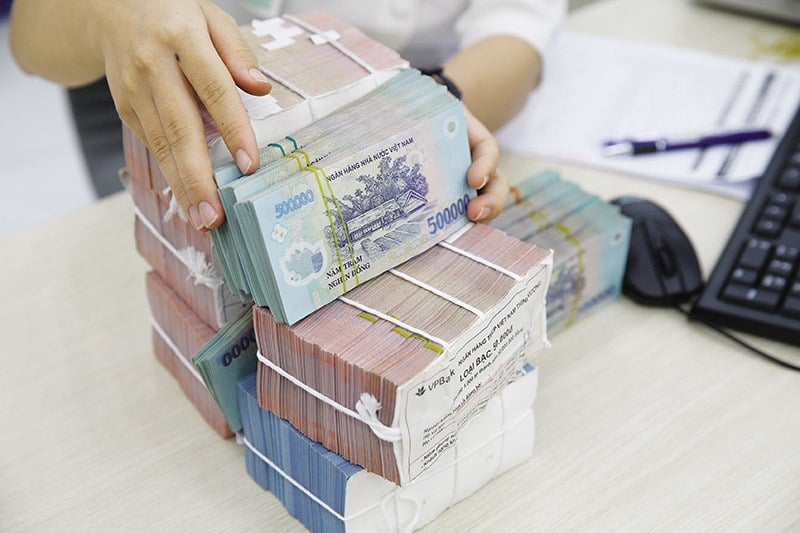










Comment (0)